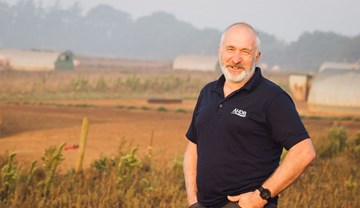Pork
Welcome to the Pork section of AHDB. Here you can search for information relating to the pig industry, access pig prices and market data, read the latest news and register for events and webinars.
To order any of our printed resources, e.g. posters and signs, visit our online order form.
Quick links

Marketing
Find out more about how we are working to support the long-term demand for pork

Our team
Meet the Pork team
.jpg?v=637946135210000000)
Support for farmers
From money matters to mental health, help is at hand

Exports
Explore our activities aimed at increasing market access and driving export value and volume

Pork markets
Latest industry data, analysis and insights

Food & Farming podcast
Hear from farmers, special guests and AHDB specialists

Reputation
Protecting and promoting the reputation of the pig industry and optimising sales opportunities

Our work in schools
We're committed to increasing children’s understanding of where and how their food is grown, reared and produced

Pork skills and training
Find out about the training opportunities available to you and your team









.jpg?v=637949571660000000)